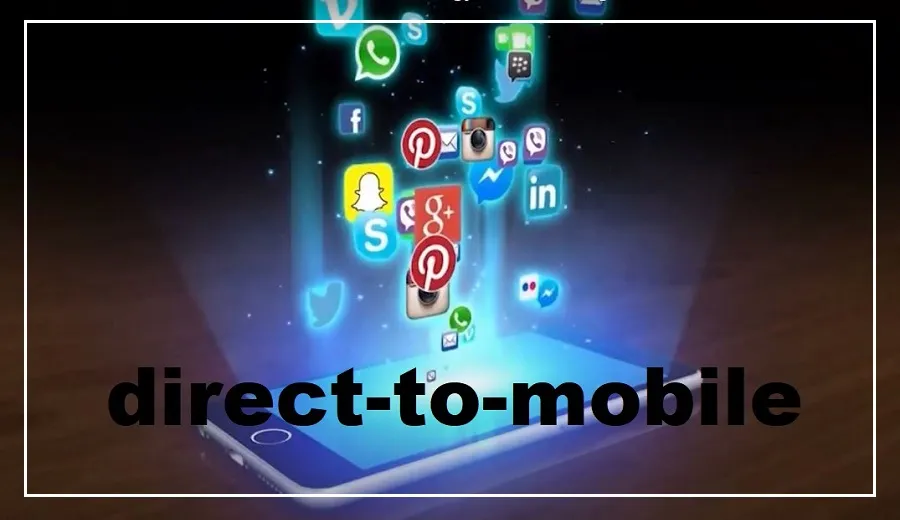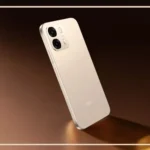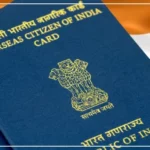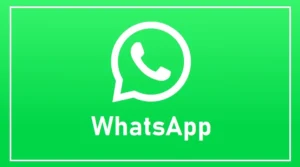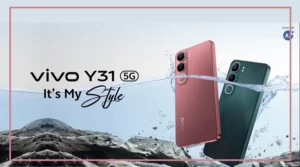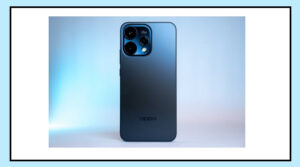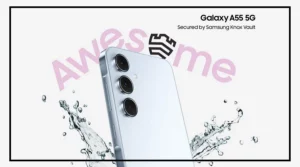New Delhi :
In a groundbreaking development, the Indian government is spearheading the adoption of Direct to Mobile (D2M) technology, heralding a new era in content consumption.
With D2M, users can enjoy live TV channels on their smartphones without the need for an active internet connection or SIM card,
potentially rendering traditional DTH and cable services obsolete.
D2M Technology
The Direct to Mobile (D2M) technology, conceptualized by the Telecom Engineering Center (TEC) under the Department of Telecommunications (DoT), aims to revolutionize content delivery to smartphones.
By transmitting multimedia content directly to mobile devices,
D2M eliminates the need for internet connectivity, offering users seamless access to live TV channels.
D2M Concept
Unlike conventional methods that rely on internet-based streaming, D2M utilizes a dedicated antenna installed within smartphones to capture TV channels directly.
Similar to FM radio, this technology empowers users to tune into live broadcasts without the need for external antennas or setup boxes,
paving the way for a more streamlined viewing experience.
Need for D2M
The surge in smartphone usage for content consumption has fueled a corresponding increase in mobile data consumption, straining network bandwidth.
D2M technology addresses this challenge by leveraging spectrum efficiently, thereby alleviating pressure on cellular networks.
Additionally, by offering direct access to TV channels, D2M reduces dependence on the internet, mitigating concerns related to fake news and viral content proliferation.
Challenges and Considerations
While D2M technology promises a paradigm shift in content delivery, its implementation poses certain challenges.
Smartphone manufacturers raise concerns regarding the need for hardware modifications to support live TV playback, potentially necessitating device upgrades.
As stakeholders navigate these challenges, careful consideration and strategic planning are essential to ensure a smooth transition to D2M technology.


